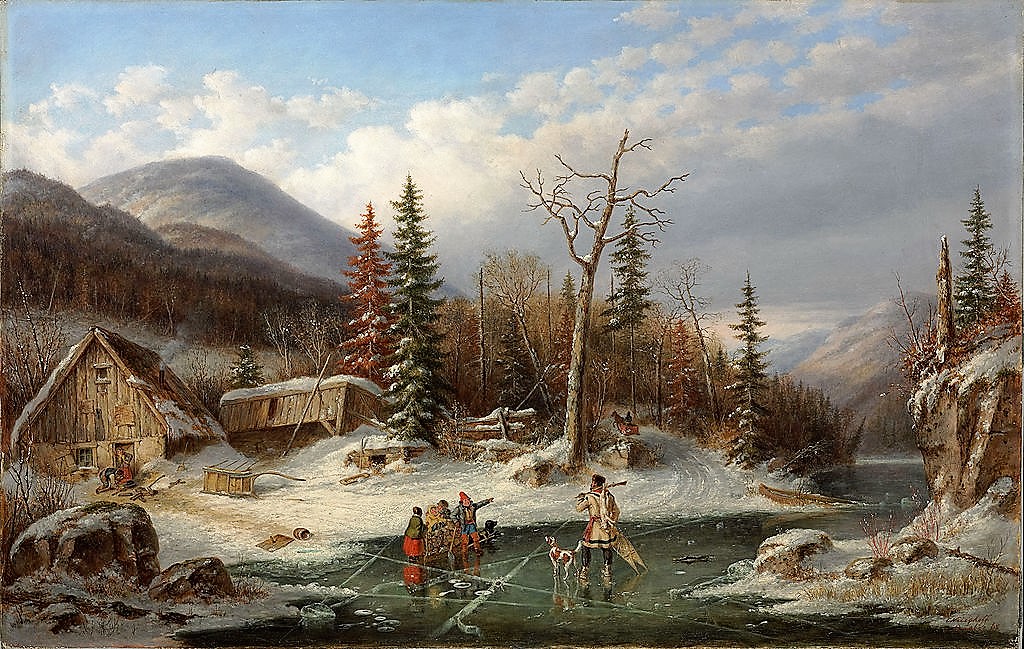
This former slave was the 1st black woman delivering letters & packages in America's Old West.
Mary Fields, born in 1832, in Hickman County, Tennessee, was born a slave, grew up an orphan, never married or had children. She was owned by Dr. Elijah Dunn & grew up on his family farm, where she became close with his daughter, Dolly, who was about Mary's age. Unlike most slaves, Mary learned to read & write. After emancipation, Mary stayed with the Dunns for a while, before traveling up the Mississippi & Ohio rivers towards Toledo.
When Mary was in her 30s, she received a letter from her childhood friend Dolly Dunn, who had become an Ursuline nun, known as Sister Amadeus. Mary eagerly accepted her friend’s request to join her at the Ursuline convent in Toledo, Ohio. Soon after Mary’s arrival, however, Sister Amadeus was assigned to head west to become the headmistress of a school for Native American girls in Montana. Mary did not to accompany the nuns; but when she learned that Sister Amadeus was ill with pneumonia, Mary also headed to Montana. Feisty Mary Fields lived by her wits & her strength. She was 6' tall & weighed over 200 pounds.
After nursing her childhood friend, now Mother Amadeus back to health, she decided to stay & help build St. Peter's mission school & protect the nuns. The nuns hired Mary to do heavy work & to haul freight and food supplies. She chopped wood, did stone work, carpentry, & dug privies. Mary was a two-fisted, hard-drinking woman, who needed nobody to fight her battles for her. She smoked homemade cigars & carried a six-shooter plus a shotgun.
When the nuns arrived, the mission school consisted of old buildings that were badly in need of repair. Mary soon became the foreman of the other workers at the school. There was one man, however, who did not want to take orders from a black woman, or from any woman. He argued with Mary, & then struck her. While Mary was falling, the man reached for his gun. Mary, in self-defense, snatched her six-shooter & fired. When the bishop in charge of the school heard about the gunfight, he demanded that Mary be fired. Sister Amadeus could not bear to let her friend go under such circumstances. The nuns at St. Peter's Catholic Mission near Cascade, Montana, had became her family.
When forced to leave the mission because of her behavior, the nuns financed a business, so Mary could support herself. She opened a cafe. Mary's big heart & poor cooking skills drove her business into the ground rather quickly. She consistently fed hungry indigents, but most paying customers among the townsfolk did not frequent the little restaurant.
But Mary needed to support herself, so in 1895, when Mary heard that the United States Postal Service was looking for someone to deliver mail from the town of Cascade, Montana, to families in the surrounding areas, she applied for the job. Even though she was about 60 years old at the time, Mary proved herself the fastest applicant to hitch a team of six horses & was hired. Thus, Mary became the 2nd woman & the 1st African American woman to work for the United States Post Office Department.
Since she had always been independent & determined, this work was perfect for her. She quickly she developed a reputation for delivering letters & parcels no matter what the weather, nor how rugged the terrain. She & her mule, Moses, plunged through anything, from raw blizzards to wilting heat, reaching remote miner's cabins & other outposts. In the winter, heavy snowfalls plunged the trails under drifts. On several occasions, Mary’s mule could not cross the drifts. Determined to do her job, she walked alone to deliver the mail. Once she walked 10 miles back to the depot.
Mary continued to deliver the mail until she was almost 70 years old, earning the nickname of “Stagecoach Mary.” When she decided to retire in 1901, the nuns at the mission helped her open a laundry service in Cascade. A laundry business, however, was not enough to keep Mary busy; & she spent much time caring for her garden. She would carry bouquets of flowers from her garden to the local baseball team; & her birthdays developed into a town-wide celebration each year, until she died in 1914.














